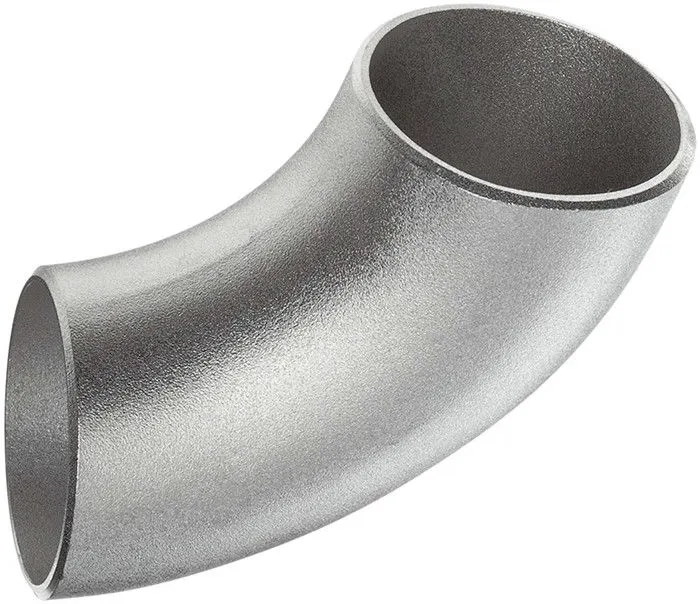-
Cangzhou Yulong Steel Co., Ltd.
-
Phone:
+86 13303177267 -
Email:
admin@ylsteelfittings.com
- English
- Arabic
- Italian
- Spanish
- Portuguese
- German
- kazakh
- Persian
- Greek
- French
- Russian
- Polish
- Thai
- Indonesian
- Vietnamese
- Zulu
- Korean
- Uzbek
- Hindi
- Serbian
- Malay
- Ukrainian
- Gujarati
- Haitian Creole
- hausa
- hawaiian
- Hebrew
- Miao
- Hungarian
- Icelandic
- igbo
- irish
- Japanese
- Javanese
- Kannada
- Khmer
- Rwandese
- Afrikaans
- Albanian
- Amharic
- Armenian
- Azerbaijani
- Basque
- Belarusian
- Bengali
- Bosnian
- Bulgarian
- Catalan
- Cebuano
- China
- China (Taiwan)
- Corsican
- Croatian
- Czech
- Danish
- Esperanto
- Estonian
- Finnish
- Frisian
- Galician
- Georgian
- Kurdish
- Kyrgyz
- Lao
- Latin
- Latvian
- Lithuanian
- Luxembourgish
- Macedonian
- Malgashi
- Malayalam
- Maltese
- Maori
- Marathi
- Mongolian
- Myanmar
- Nepali
- Norwegian
- Norwegian
- Occitan
- Pashto
- Dutch
- Punjabi
- Romanian
- Samoan
- Scottish Gaelic
- Sesotho
- Shona
- Sindhi
- Sinhala
- Slovak
- Slovenian
- Somali
- Sundanese
- Swahili
- Swedish
- Tagalog
- Tajik
- Tamil
- Tatar
- Telugu
- Turkish
- Turkmen
- Urdu
- Uighur
- Welsh
- Bantu
- Yiddish
- Yoruba

Nov . 16, 2024 13:35 Back to list
flange ansi 2
Understanding ANSI Flanges The Importance of ANSI B16.5 Standards
Flanges play a critical role in piping systems, providing a method for connecting pipes, valves, pumps, and other equipment. Among the various standards governing flanges, ANSI (American National Standards Institute) standards are widely recognized for ensuring the compatibility, safety, and performance of piping components. ANSI B16.5 is one of the key standards pertaining to flanges, particularly focusing on those with nominal pipe sizes ranging from ½ inch to 24 inches.
What is ANSI B16.5?
ANSI B16.5 establishes the design, dimensions, and pressure-temperature ratings for flanges used in piping systems. This standard is vital for engineers and contractors since it defines the specifications required to maintain the integrity and safety of piping systems under various operational conditions. By adhering to ANSI B16.5, manufacturers can produce flanges that conform to industry standards, thus ensuring they will fit together seamlessly in system assemblies.
Design and Types of ANSI Flanges
ANSI B16.5 covers various types of flanges, each designed for specific applications and environments. Common types of ANSI flanges include
1. Weld Neck Flanges These flanges are joined to pipes using welding, providing a strong and durable connection. They are ideal for high-pressure applications due to their ability to withstand stress concentrated at the pipe-to-flange joint.
2. Slip-On Flanges Designed to slip over the end of pipes, these flanges are easy to install and are commonly used in low-pressure applications. They are usually welded both inside and outside for a more secure fit.
3. Blind Flanges These flanges are solid and used to seal the end of a pipe, preventing the flow of fluid. They are often used for pressure testing or for future connections in a piping system.
4. Threaded Flanges These flanges are outfitted with threads on the inside, allowing them to be screwed onto pipes without welding. They are convenient for applications where welding is not feasible.
flange ansi 2

Pressure and Temperature Ratings
One of the significant attributes outlined in ANSI B16.5 is the pressure-temperature rating for flanges. Flanges are classified into different classes, such as 150, 300, 600, and 1500, which represent their ability to sustain pressure at specific temperatures. Understanding these ratings is crucial for selecting the appropriate flange for a given application, ensuring that it can handle the expected operating conditions without risk of failure.
Benefits of Using ANSI Flanges
1. Standardization Ensures uniformity across different manufacturers and facilitates easy integration into existing systems.
2. Compatibility ANSI flanges are designed to fit with other ANSI standard components, reducing the risk of leaks and failures in piping systems.
3. Safety Compliance with ANSI standards ensures that flanges can endure their intended conditions, minimizing the risk of accidents and equipment failure.
4. Quality Assurance Manufacturers adhering to ANSI B16.5 have to meet strict quality control measures, leading to reliable and durable products.
Conclusion
In summary, ANSI flanges, governed by the ANSI B16.5 standard, are fundamental components in piping systems, providing secure connections that ensure operational efficiency and safety. By understanding the various types and specifications under this standard, engineers and contractors can make informed decisions that enhance the performance and longevity of their piping systems. Choosing the right ANSI flange for a specific application is not just about ensuring compatibility—it's about safeguarding the integrity of the entire system.
Latest news
-
ANSI 150P SS304 SO FLANGE
NewsFeb.14,2025
-
ASTM A333GR6 STEEL PIPE
NewsJan.20,2025
-
ANSI B16.5 WELDING NECK FLANGE
NewsJan.15,2026
-
ANSI B16.5 SLIP-ON FLANGE
NewsApr.19,2024
-
SABS 1123 FLANGE
NewsJan.15,2025
-
DIN86044 PLATE FLANGE
NewsApr.19,2024
-
DIN2527 BLIND FLANGE
NewsApr.12,2024
-
JIS B2311 Butt-Welding Fittings LR/SR 45°/90° /180°Seamless/Weld
NewsApr.23,2024











